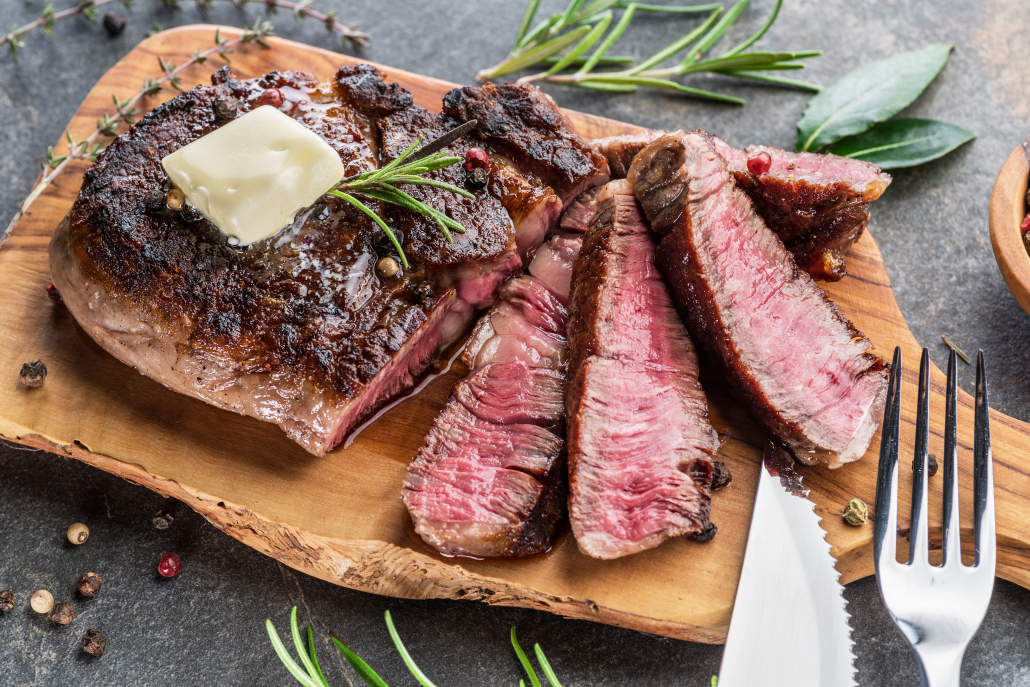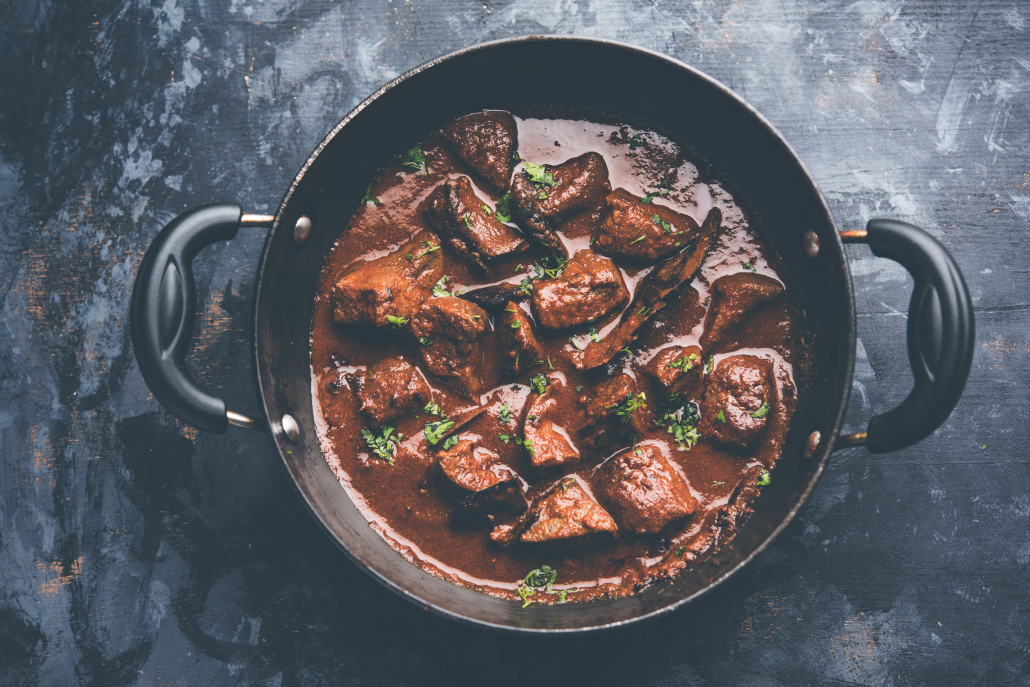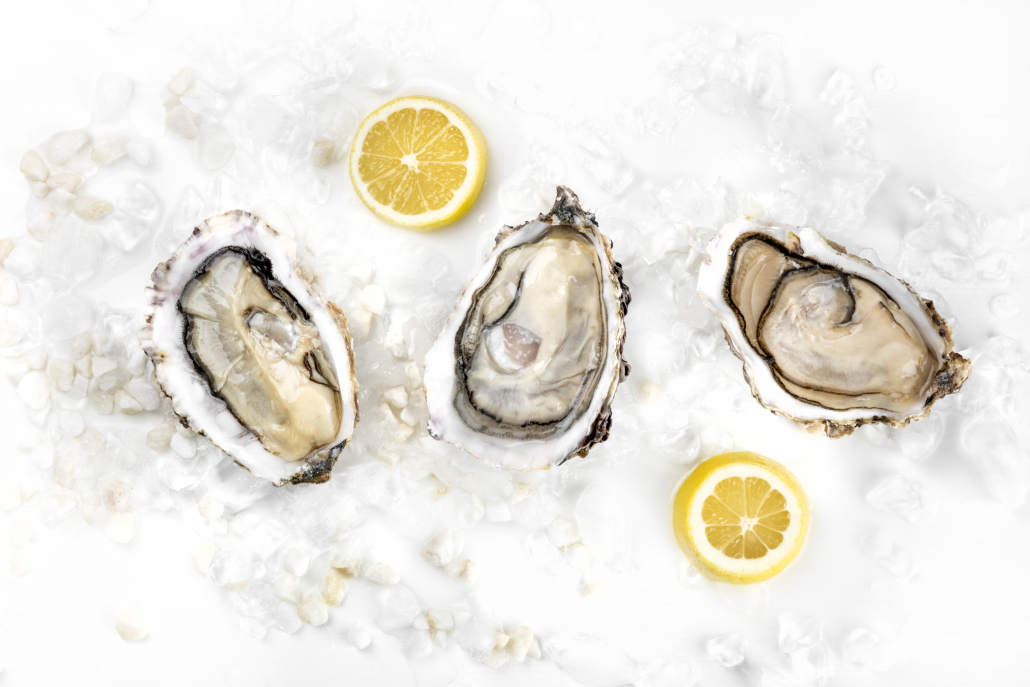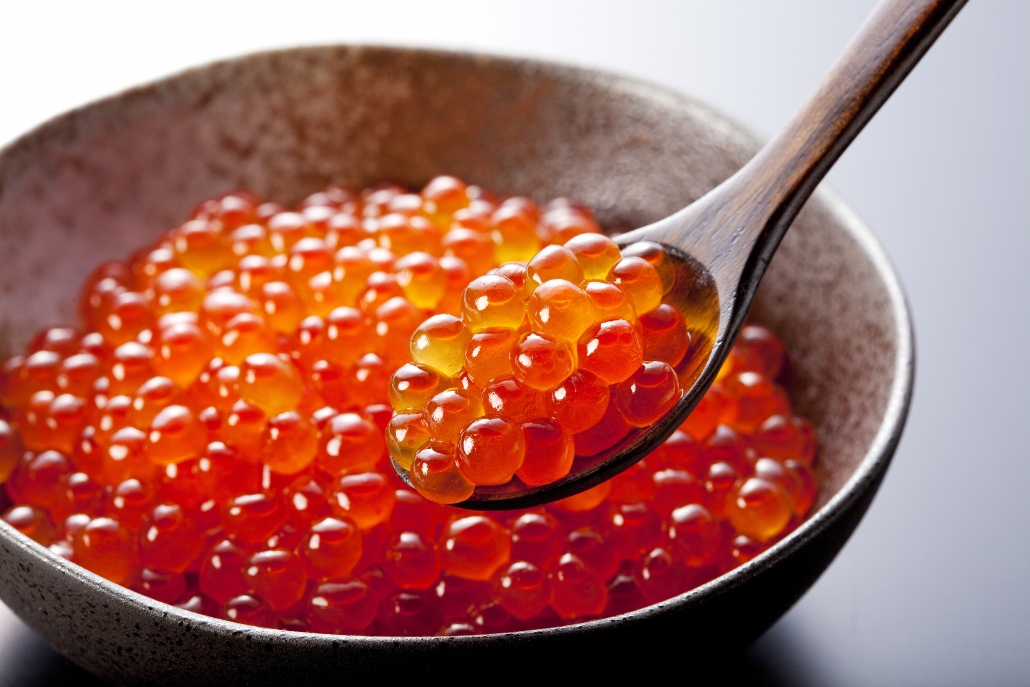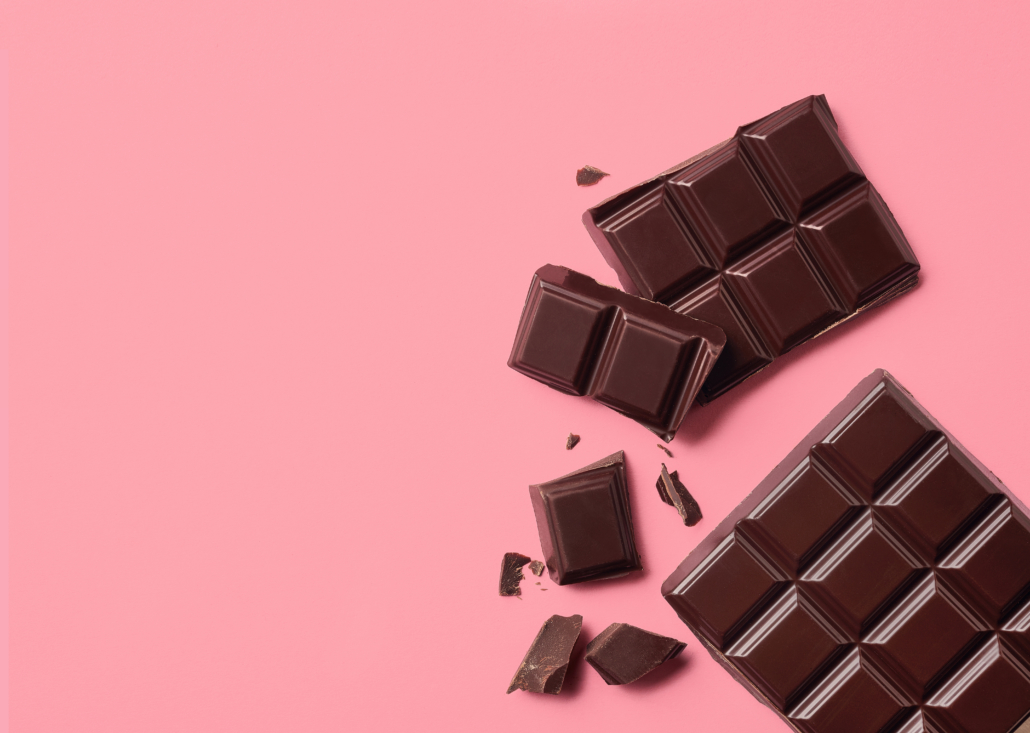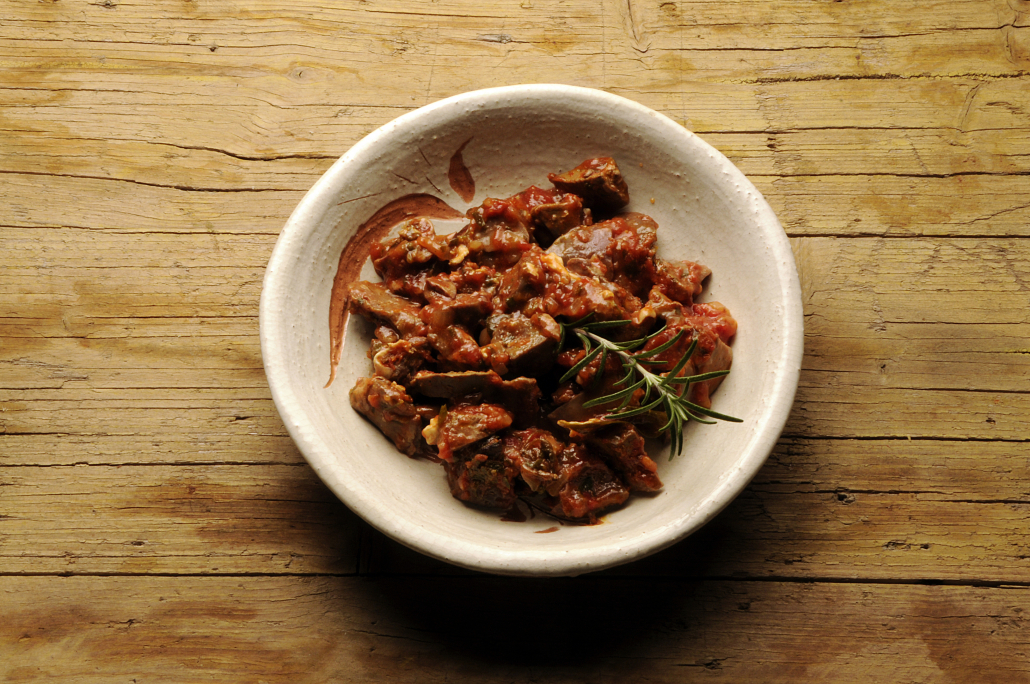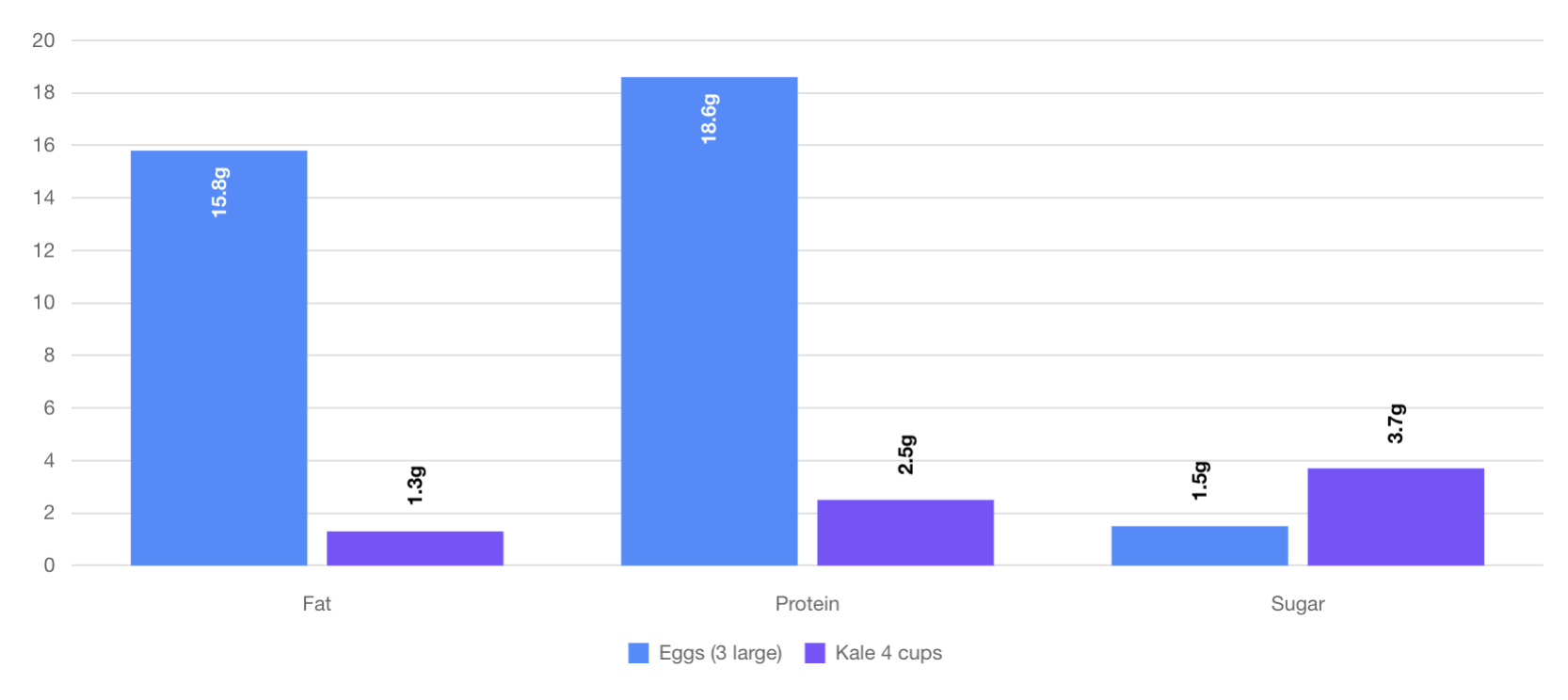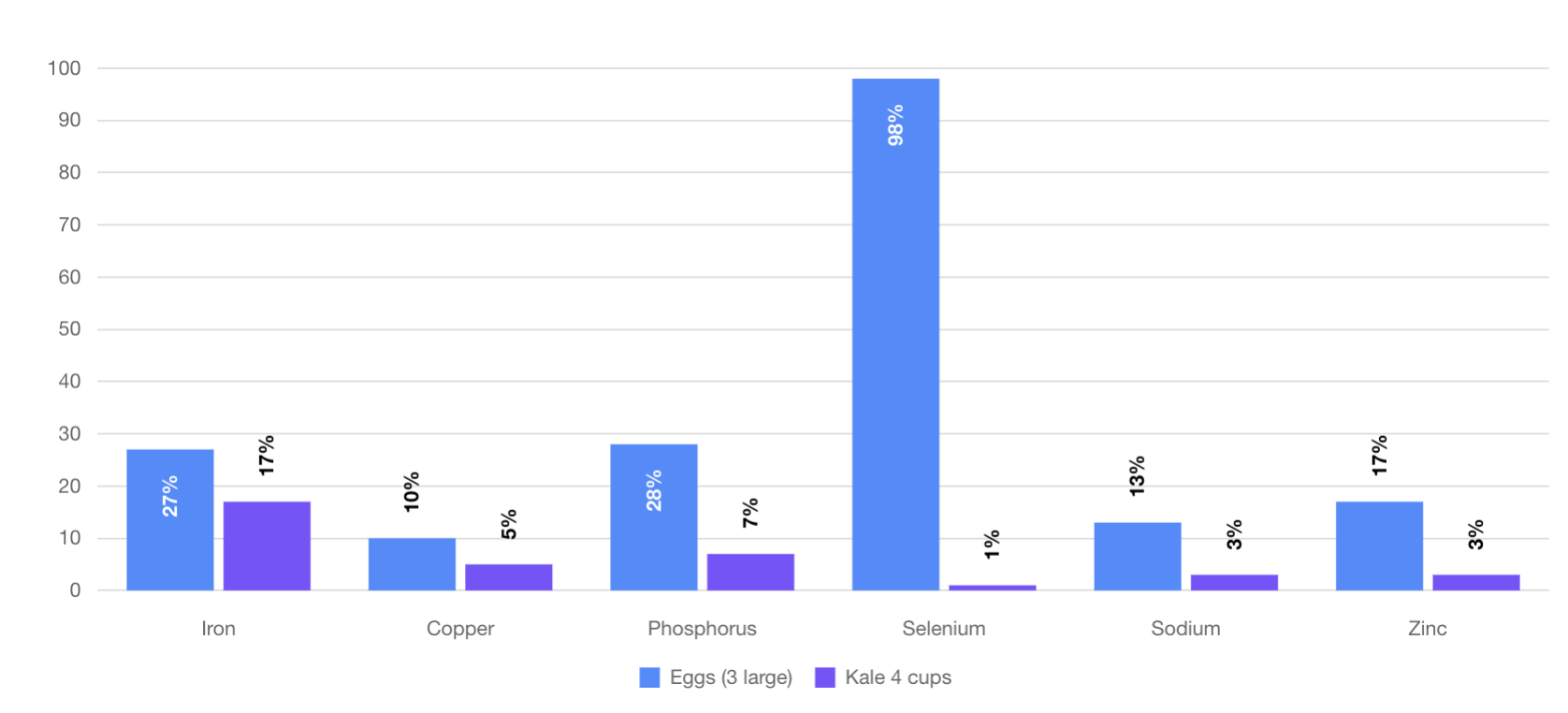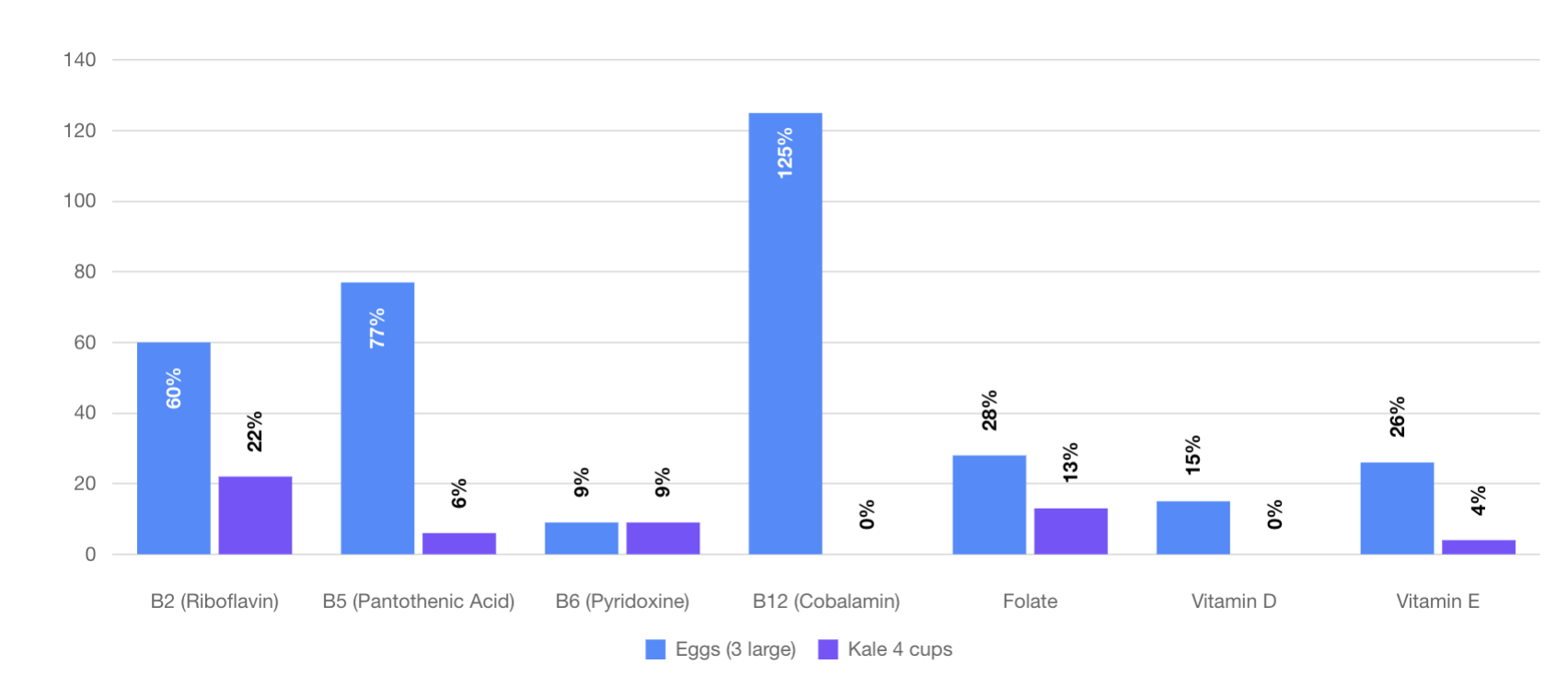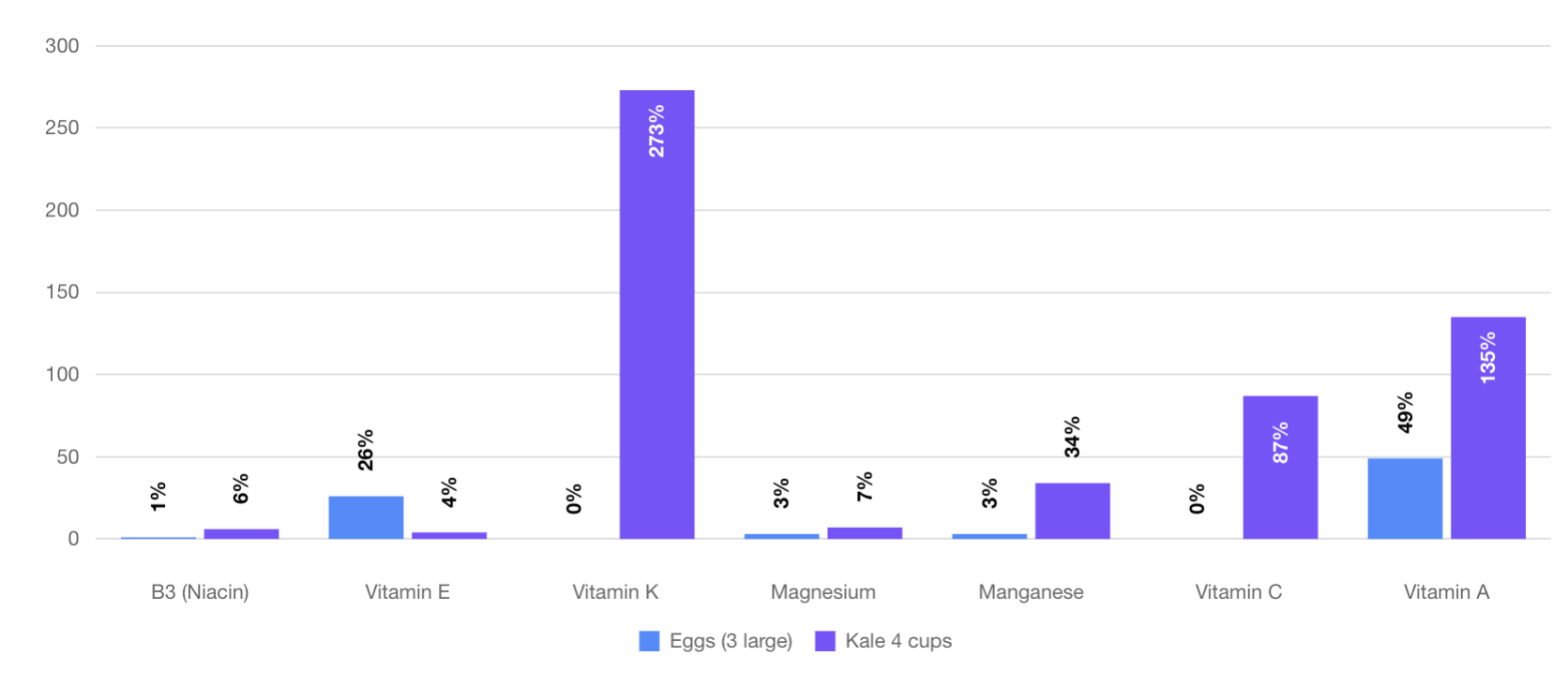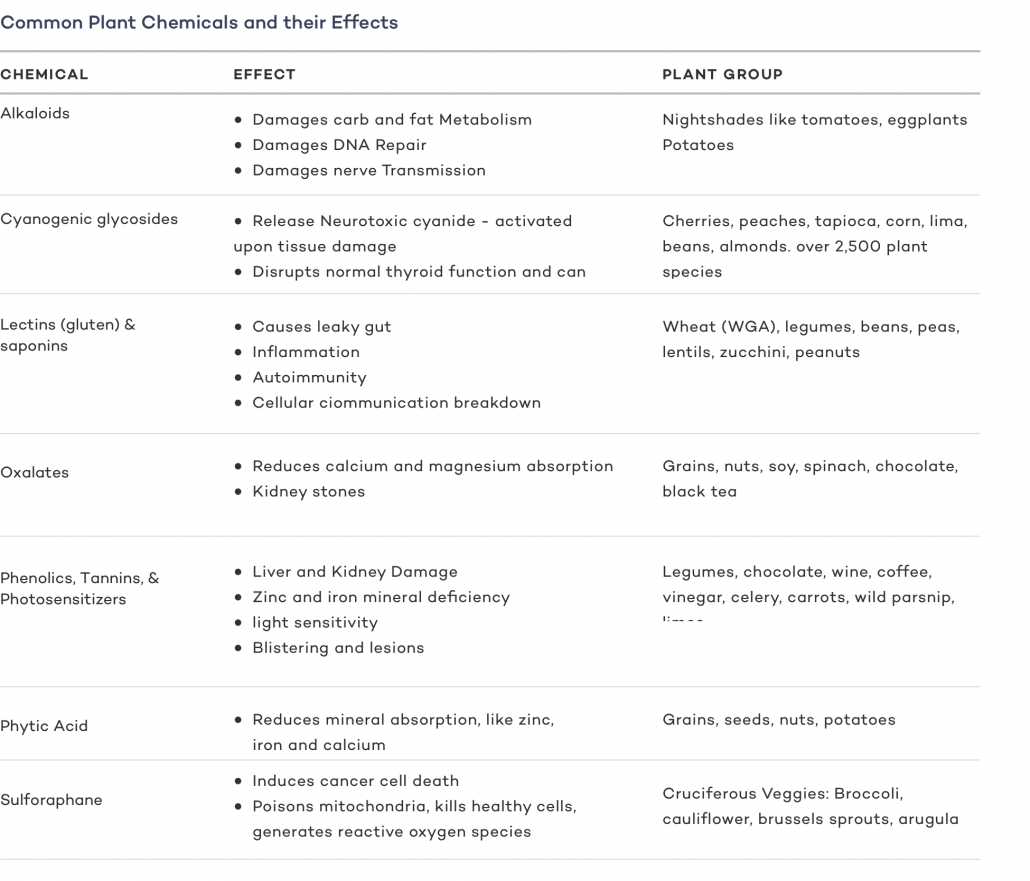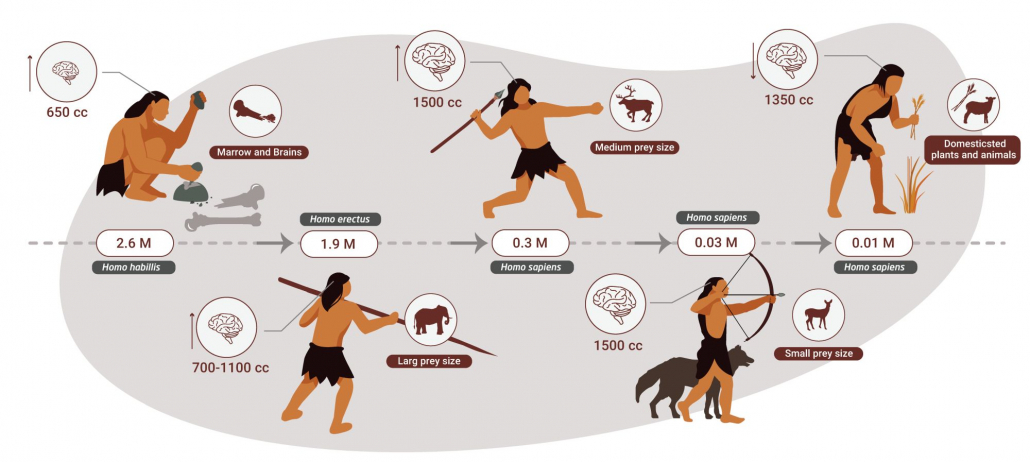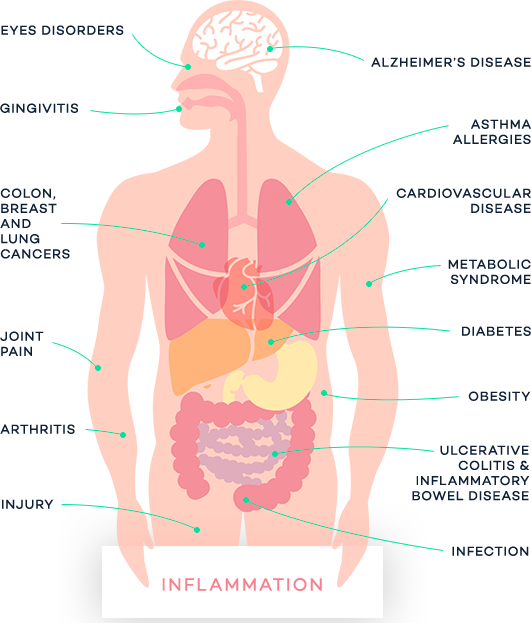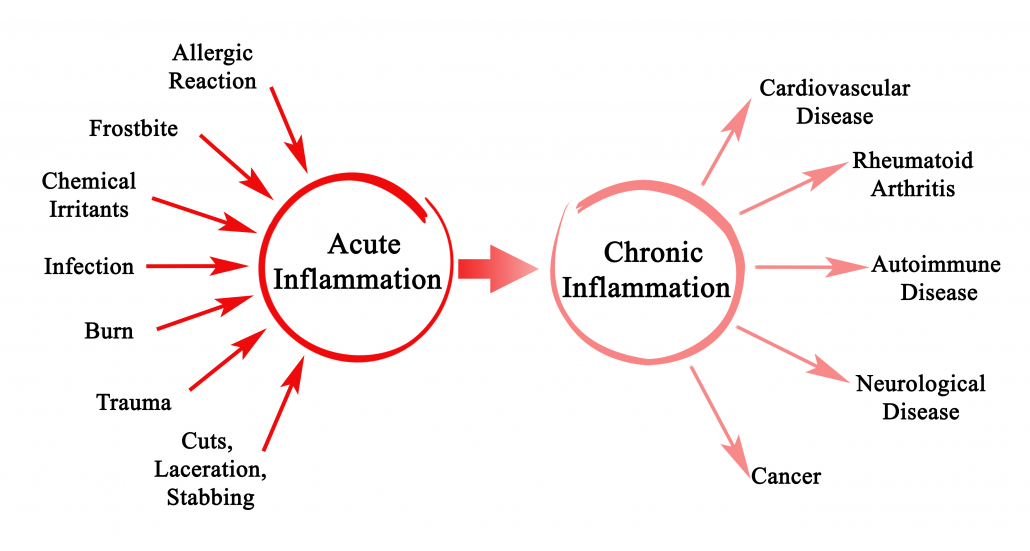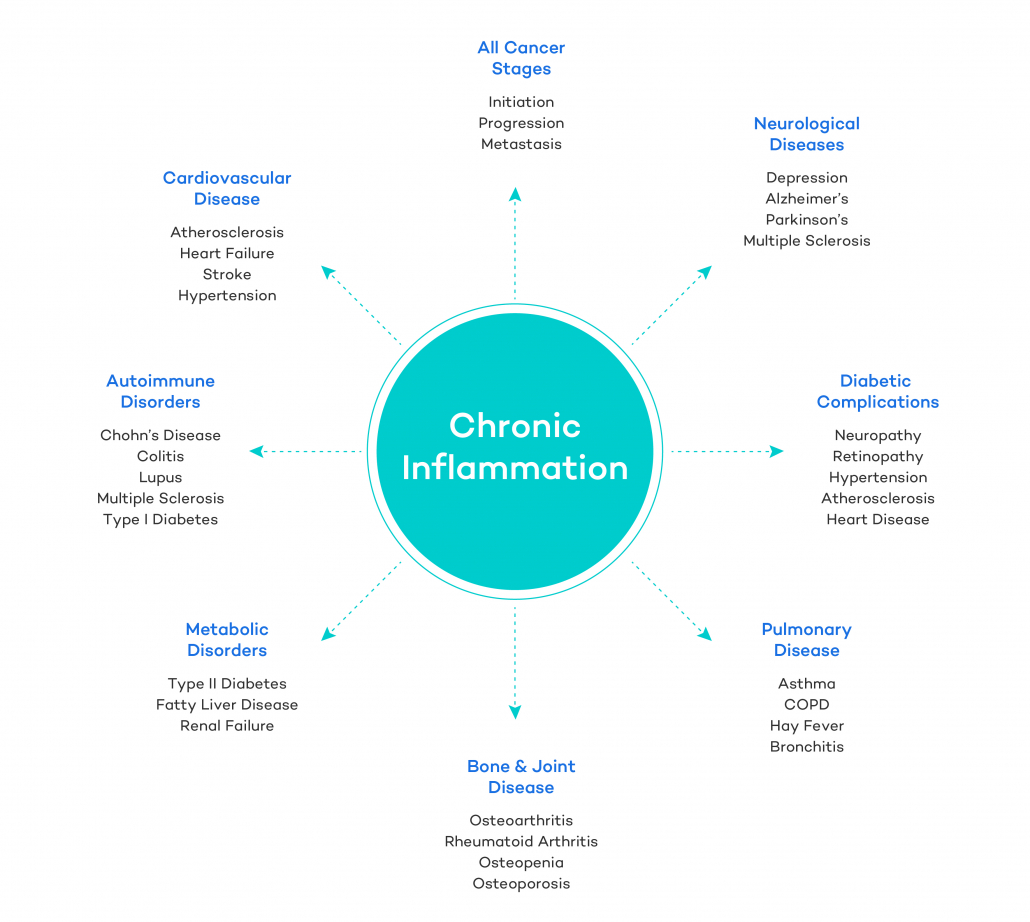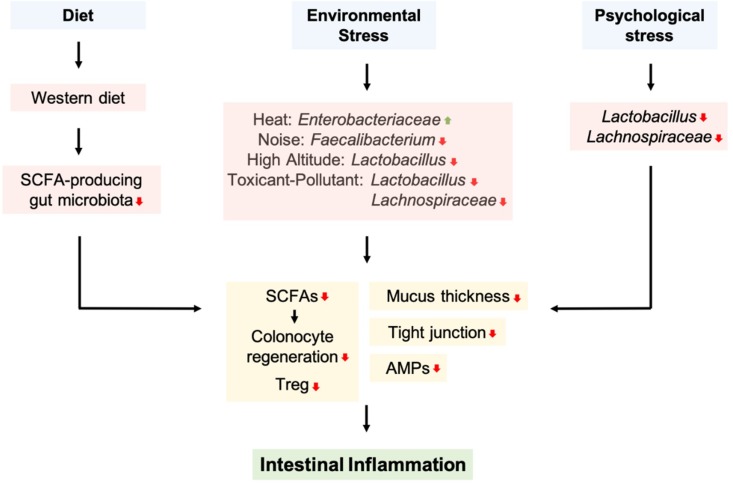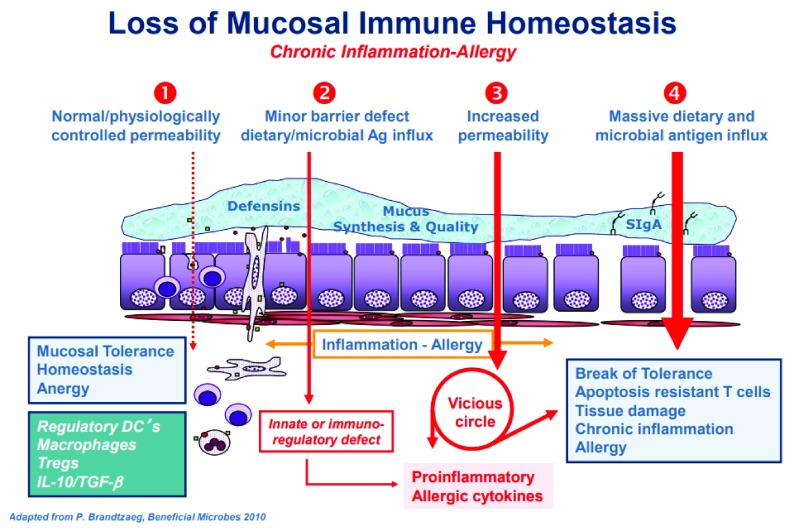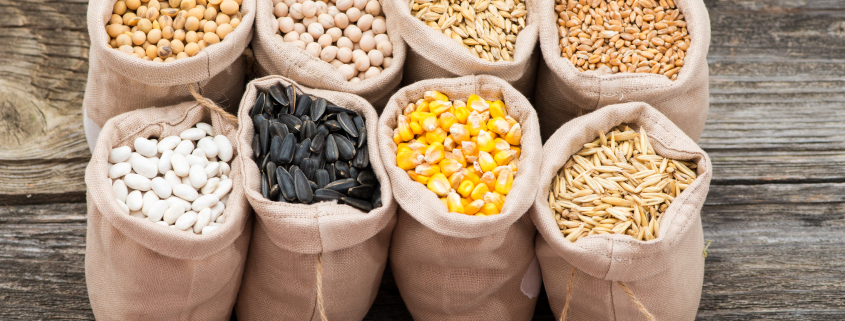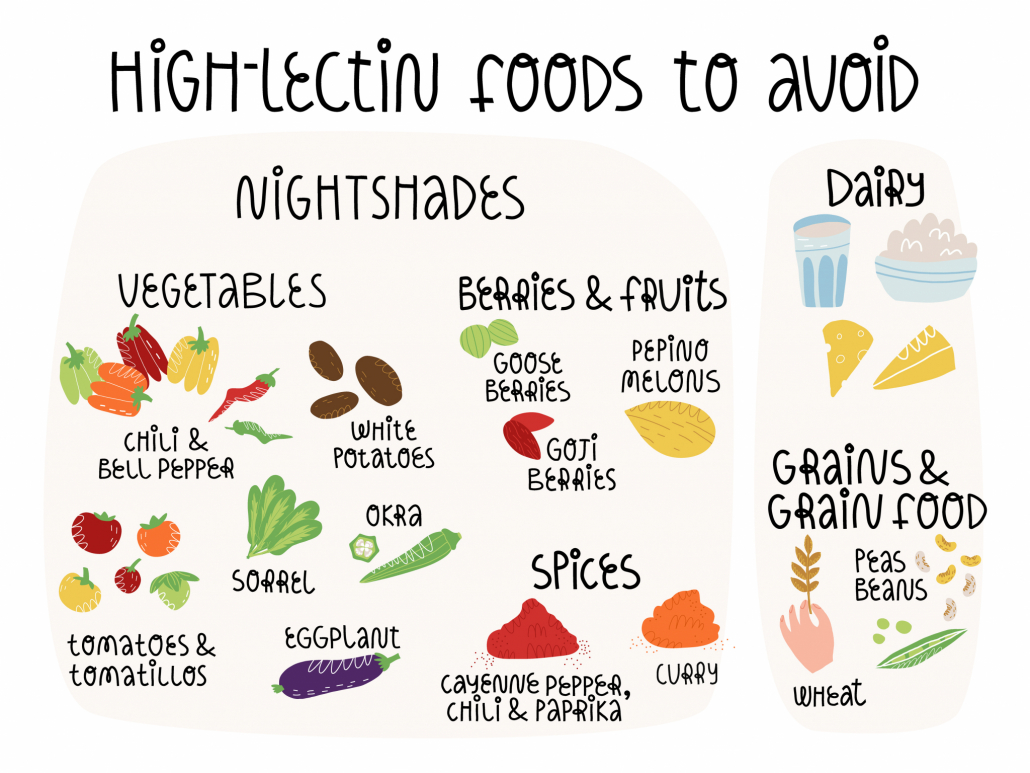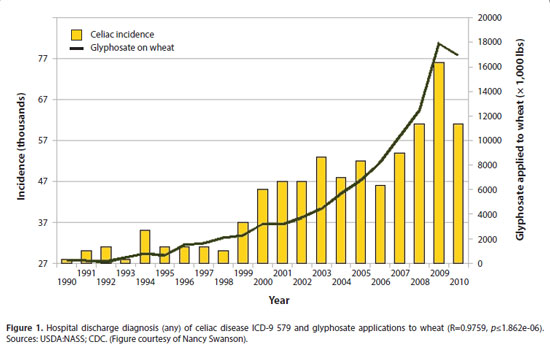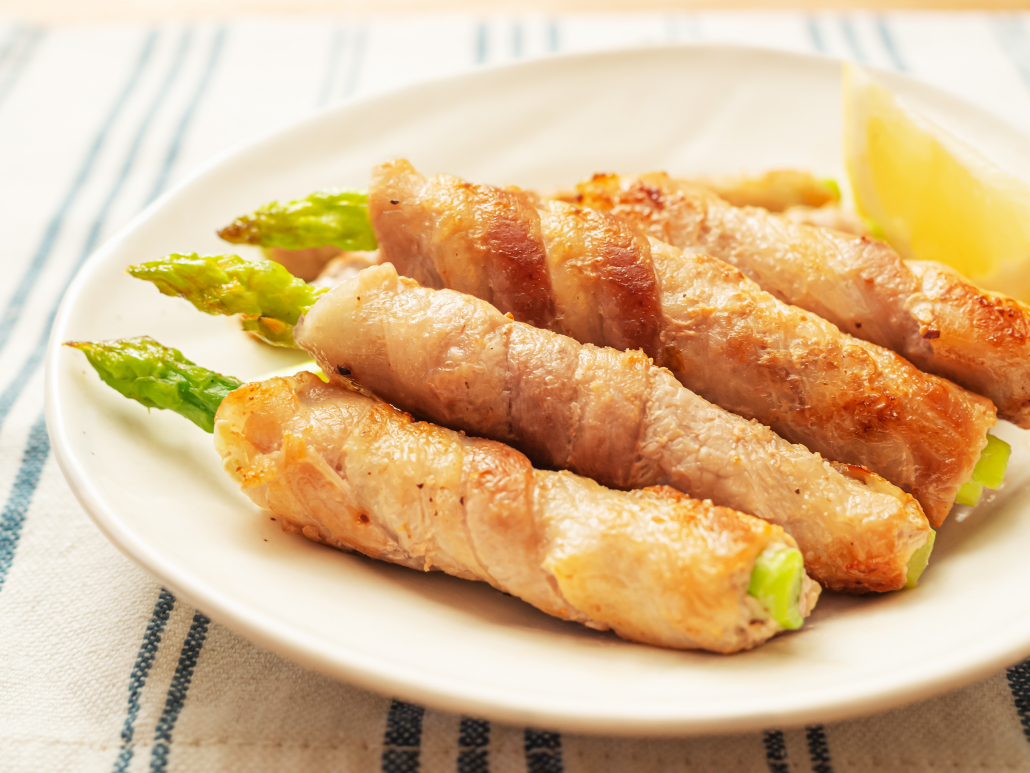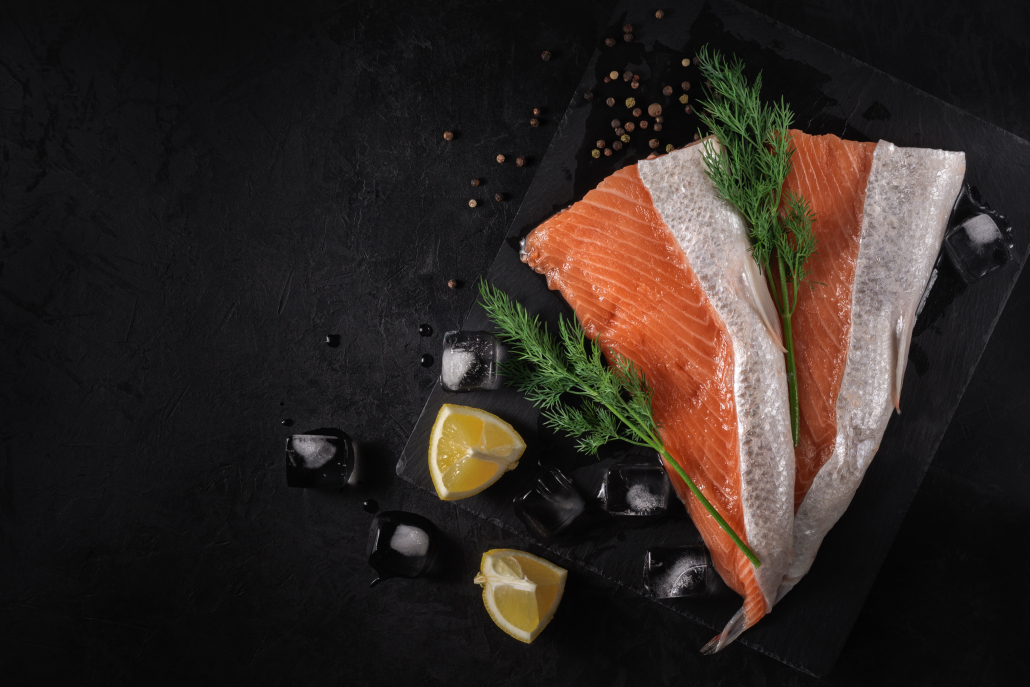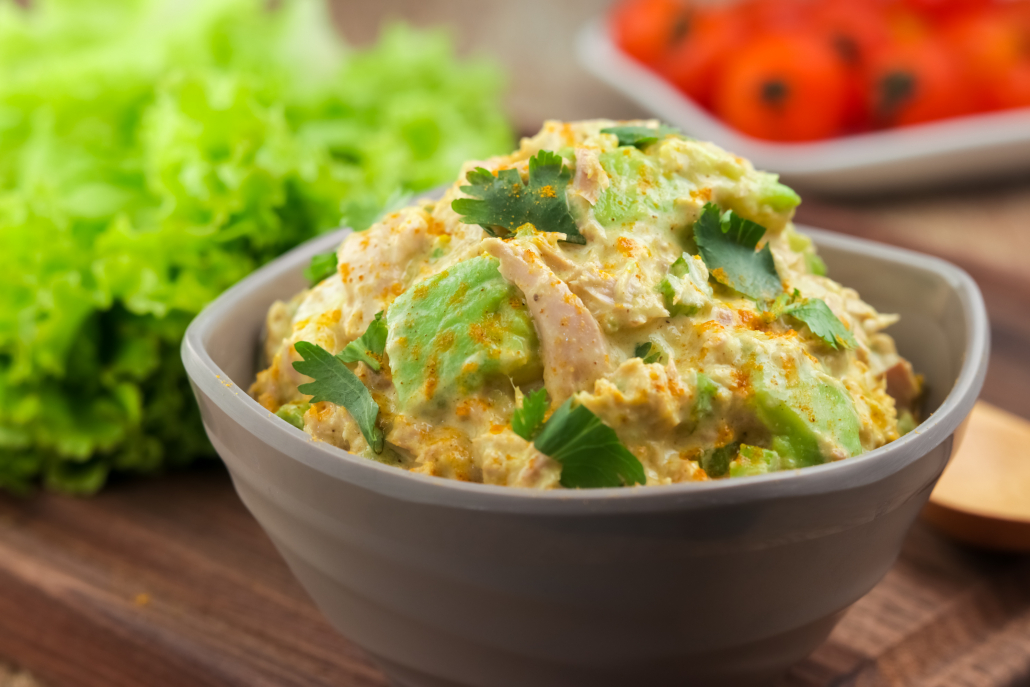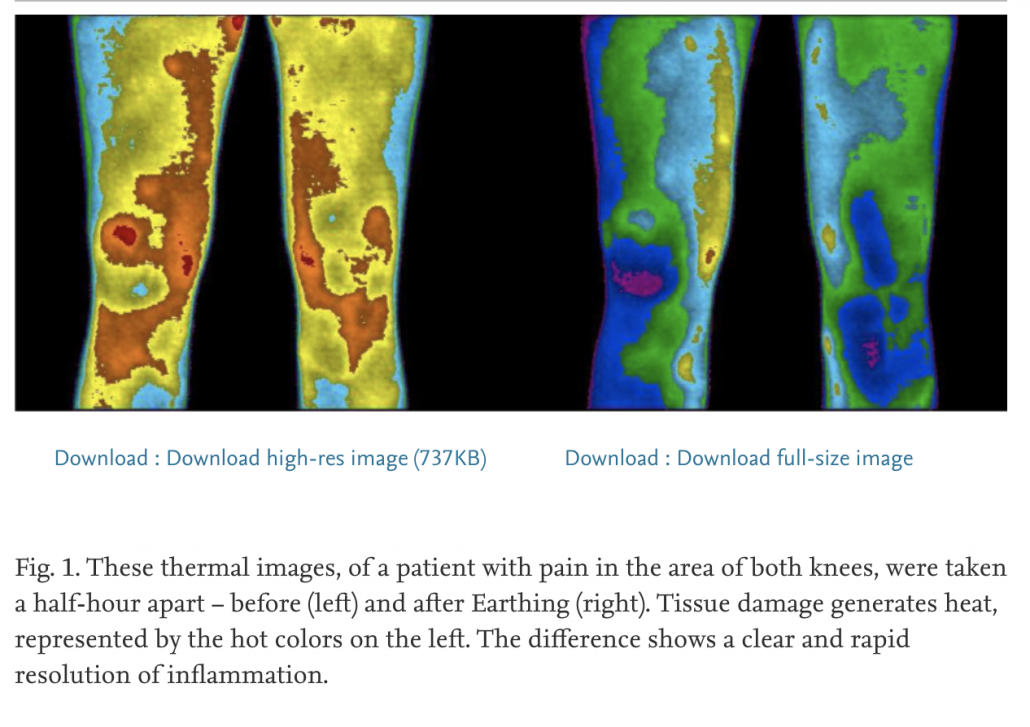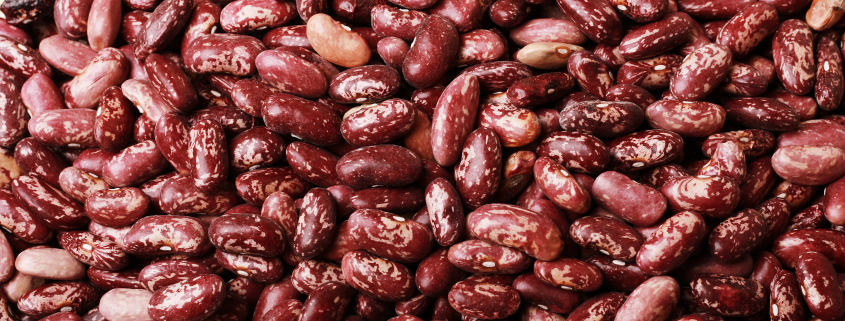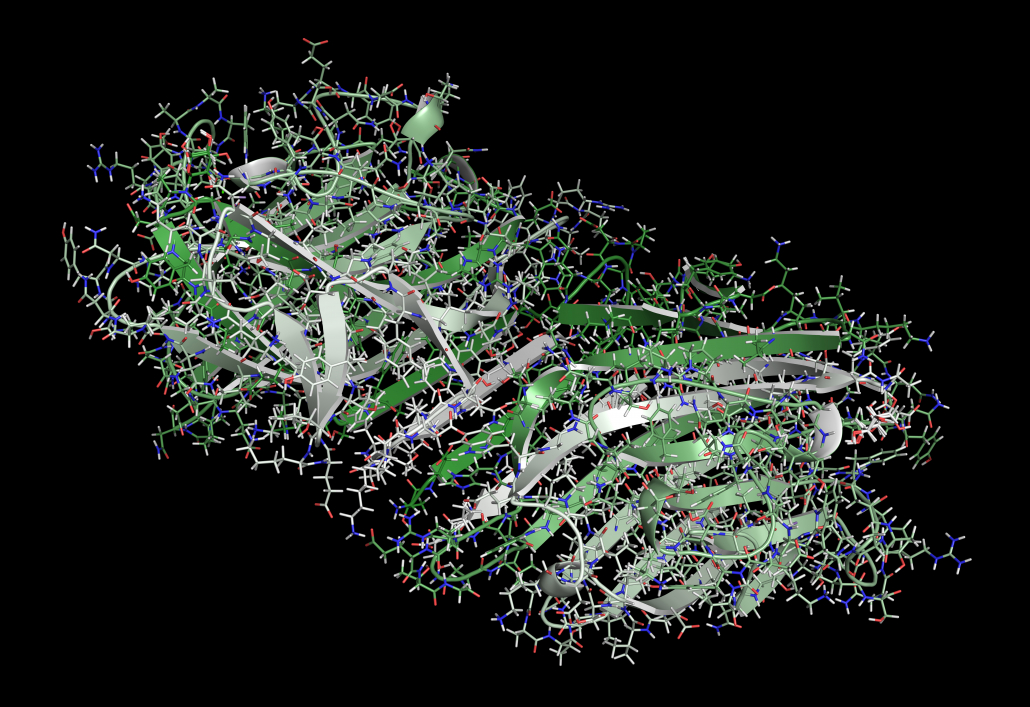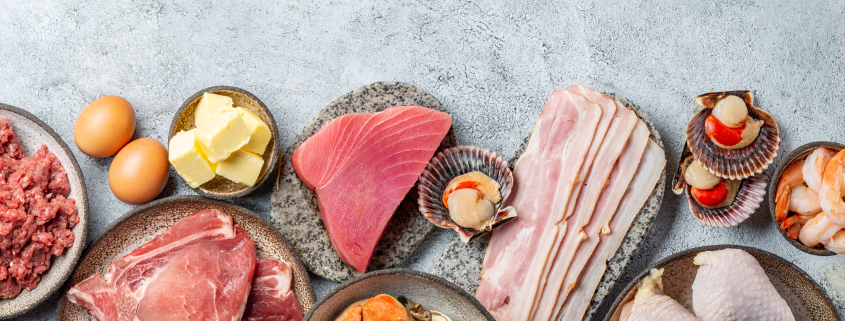Hungry on Keto? 6 Common Reasons and Easy Solutions
For most people, the ketogenic diet of high-fat, low-carb, moderate-protein keto foods is highly satiating and dramatically reduces hunger cravings. However, some people find that they are still hungry on keto, especially when first adapting.
There are a few reasons why people can be hungry on keto, and fortunately, they all have very simple solutions.
[TOC]
Hunger Due to Carb Addiction
For most of human evolution our caveman ancestors ate mostly fatty meat and had only intermittent access to high-carb foods like fruits [1].
The physiological result is that when we eat carbs we are evolved to crave more carbs!
Think about it like this: Ripe fruit–and the sugar it contains–was temporary, so our bodies learned to tell us to consume as much sugar as possible and store the excess as fat for leaner periods between successful hunts.
For modern humans on a high-carb standard American diet , this results in carb addiction. Most people are feeding their carb addictions without even knowing it through chronically high consumption of added sugars and grains.
On keto, when we cut out most sources of carbs including grains, most fruit, juice, and all added sugars, our bodies can be flooded with hunger hormones. Essentially we’re crying out for the sugar we’ve been used to. But this is only temporary. =
So from this perspective, the hunger people can feel on keto, especially when starting out, is actually just a sugar craving.
The Gut-Brain Axis
A major force behind sugar craving is the living organisms in our gut called our microbiome. Our microbiome communicates with our brain in a relationship called the gut-brain axis.
On keto, many harmful yeasts and bacteria that are accustomed to getting fed with sugar and insoluble fiber get starved. They respond to starvation by sending out chemicals (neurotransmitters) that trigger feelings of hunger and craving [2][3][4].
Solution: Stick with it!
It can take a week or two for sugar-craving yeasts and bacteria to die off and be replaced.
Don’t fall for Artificial Sweeteners
Artificial sweeteners can still trigger sugar cravings in the brain. And because your body doesn’t get the caloreis from real sugar, the cravings can be even more intense with artificial sweeteners.
Food Choices
People new to keto often think of it as a low-carb diet, which it is. But equally important is that keto is a high-fat diet.
For people coming from the standard high-carb diet, eating the necessary amount of fat to sustain yourself on keto can take some getting used to.
Keto macro percentages look like:
- 75-80 percent calories from fat
- 15-20 percent calories from protein
- 5-10 percent calories from carbs
What this looks like in terms of grams per macro category:
- 1500 calories fat/9= 166 grams of fat
- 100 calories carbs/4= 25 grams carbs
- 400 calories protein/4= 100 grams protein
166 grams is a lot of fat for most people. When your body is metabolizing fat as its main fuel source, not eating enough fat can lead to being hungry on keto.
Solution: Eat More Fatty and Nutrient-Dense Foods
One of the keys to not feeling hungry on keto is to eat more nutrient dense foods.
Foods high in all nutrients including fats, proteins, vitamins, and minerals include:
- Keto meats like ribeye steak, lamb, and pork
- Fatty fish like mackerel, anchovies, salmon
- Organ meats like beef liver and kidney
- Eggs
Healthy keto fats that will help you to not feel hungry on keto include:
Hunger due to Sleep Deprivation
Sleep and health are closely linked, and the way sleep affects appetite has a lot to do with it. Sleep deprivation has been strongly linked to overeating and obesity [5].
When you’re sleep-deprived, your body produces less of the hunger-suppressing hormone leptin, and more of the hunger-increasing hormone, ghrelin.
So if you’re feeling hungry on keto but aren’t getting at least 7 hours of sleep per night, your hunger may have much more to do with sleep hygiene than diet choice.
The Solution: Getting More and Better Sleep
For most people getting better sleep is easier said than done. Thankfully, there are numerous proven techniques for improving your sleep time and quality including:
Hunger due to Stress and Anxiety
Stress and anxiety are other factors that can be mistaken for diet choices when feeling hungry on keto.
Studies show that chronic stress and high cortisol (stress hormone) levels in the blood increase the hunger hormone ghrelin, and have been associated with weight gain and obesity.
Here’s how to tell the difference between physical hunger and stress-related hunger:
| Physical Hunger | Hunger Related to Stress |
| Slowly develops over time | Happens suddenly |
| A desire for fat and protein | A desire for high carb foods and sweets |
| You notice when you’re full and stop eating | You binge eat and don’t acknowledge feeling full |
| You feel positive about having eaten | You feel guilt and shame after eating |
The Solutions
- Mindful eating
- Meditation for stress and anxiety
- Getting more sleep
- Yoga nidra full body relaxation
- Breathing techniques for anxiety
Mistaking Dehydration For Hunger
When first transitioning to keto your body flushes fluids after metabolizing the glucose stored in your muscles. During this period it is easy to become dehydrated, and your body can mistake dehydration for hunger.
Researchers speculate that for our hunter gatherer ancestors hunger and thirst, and associated eating and drinking were more tightly coupled activities. And these blended signals remain in modern life despite easy access to food and drink [6].
The Solution
Drink more water!
Not Moving Enough
Contrary to what you might think, living a sedentary life i.e. sitting at a desk or in front of a screen all day can actually increase your hunger [7].
While exercise suppresses the hunger hormone called ghrelin and can increase feelings of fullness [8][9].
Though counter-intuitive in our modern environment of easy access to food, for our ancestors, feeling hunger after sitting around was motivation to go and seek more food, which wasn’t always easy to come by.
Feeling less hungry and fuller after exercise could help restrain competitive over-consumption of food after a successful hunt.
The solution: Move more!
Yoga, bicycling, swimming, stretching, and walking are all excellent, low-impact ways to reduce feeling hungry on keto.
Hungry on Keto: The Takeaway
Once most people have adapted to keto hunger is a thing of the past. A well-formulated keto diet of fatty, nutrient-dense foods is intrinsically satiating.
However, there are other factors that can contribute to feeling hungry on keto, especially when just starting out. These include:
- Lingering carb addiction
- poor food choices
- sleep deprivation
- Stress and anxiety
- Poor sleep hygiene
- Dehydration
- Sedentary lifestyle
Fortunately, each of these hunger-inducing factors have simple remedies.














